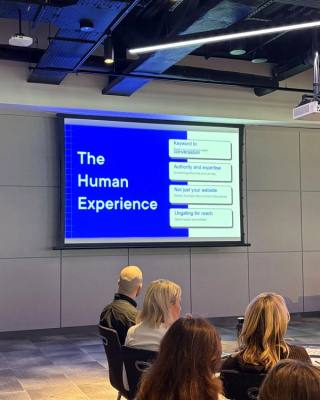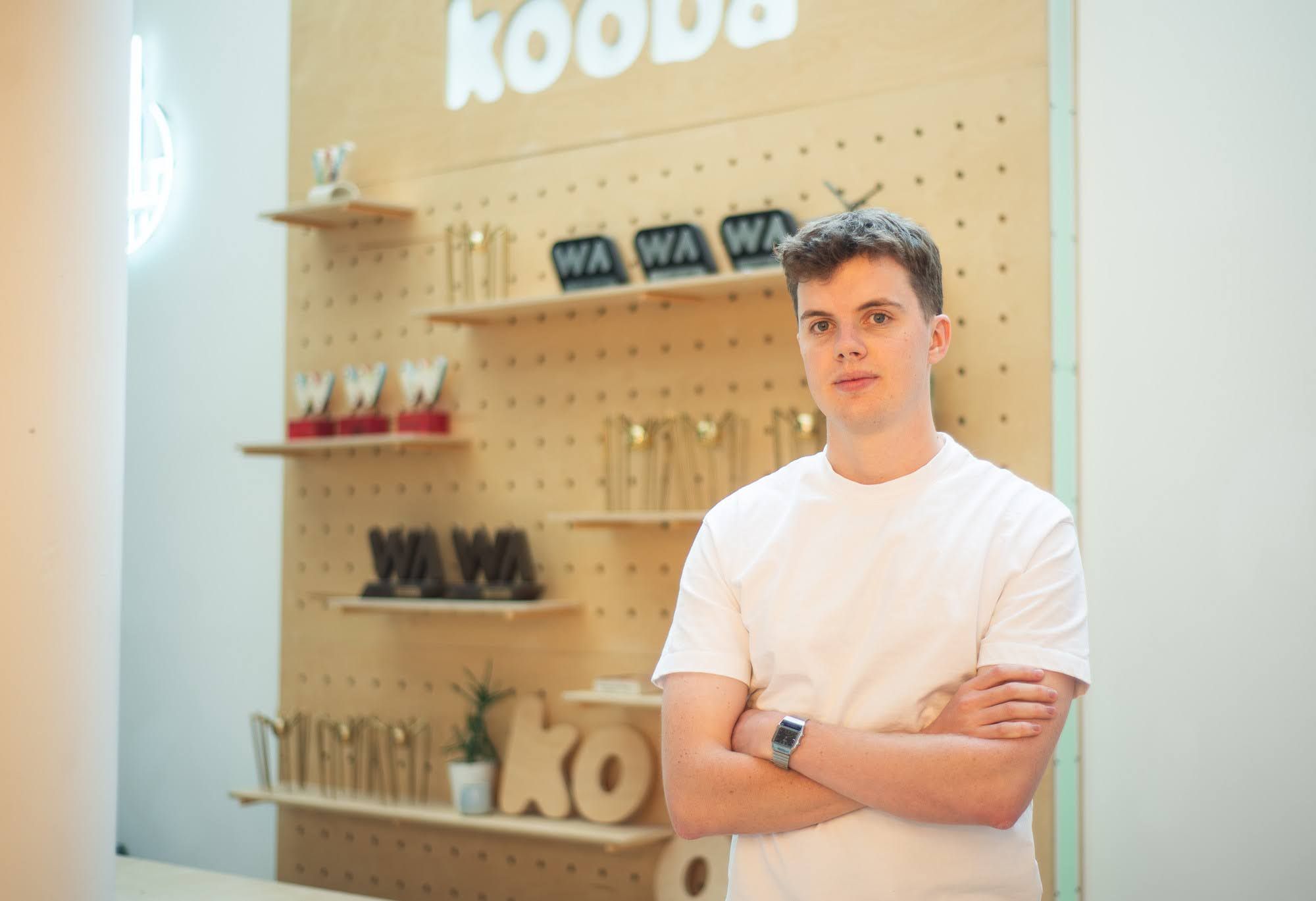To paraphrase the great Johan Cruyff:
Making a brand is simple, but making a simple brand is the hardest thing in the world.
We often think of brands as complicated, wide-ranging identities. Visuals, narratives, values and experiences all rolled into one. But often, a brand can succeed whilst being very, very simple. In theory, all you need is for a customer to associate your brand with one or two qualities in order to convince them to buy. Normally this is quite obvious, you just communicate quality, a low price, or some other advantage over your competitors. This might (hopefully) reflect an actual difference in your product, but it certainly doesn’t need to.
In fact, brands normally succeed because they are simple. Take supermarkets for example. Lidl is cheap, Tesco has everything, and M&S is fancy. All of these are very, very, simple brand identities that help a poorly-informed consumer like myself quickly make a decision. If they were more complex, they would only divert me towards some other brand that is easier to understand.
Breaking through
Part of the reason that simplicity works is that it minimises the demands upon a consumer’s attention. Think of it as a physics equation: The smaller the point of contact, the higher the pressure that can be exerted by the same force. In other words, if an audience can only give a certain amount of time to your brand, it's better to let one message properly sink in than bombard them with a huge variety of shallow impressions.
Where this really makes a difference is with repetition over time. By driving the same point home again, and again, and again, you can build a deeper brand association within your customers' minds. And remember, repetition is not experienced by each audience member in the way that you might plan. For instance, if you run three ads sequentially, only a minority of your audience will view all three in the “correct” order. Thus whilst it is tempting to “build a narrative” over time, you might be better off just repeating your best argument three times.
Back to the basics
Your brand is also a lot smaller than you might imagine. Even your most attentive customers may only hold a handful of associations with your brand and product. This is why focusing on the details of your brand matters so much. If your audience only remembers a single colour on your logo, then it is absolutely crucial to pay attention to that colour when designing your brand.

Note for instance how users associate different visuals with Burger King’s brand (the above image is from Signs.com). Just the basics of colour and name can make an impression with even the most ignorant audience members, highlighting the value of these fundamental elements to the branding process.
Kooba understand that good brands can be simple brands. That’s why we devote so much time to the basic building blocks of your visual identity, because these are what will live the longest in the minds of your customers. Designing such a simple brand might be complicated, but it is always worth the effort when it comes to long-term marketing success.
If you want to see how Kooba can make branding simple for you, get in touch with our team today!









